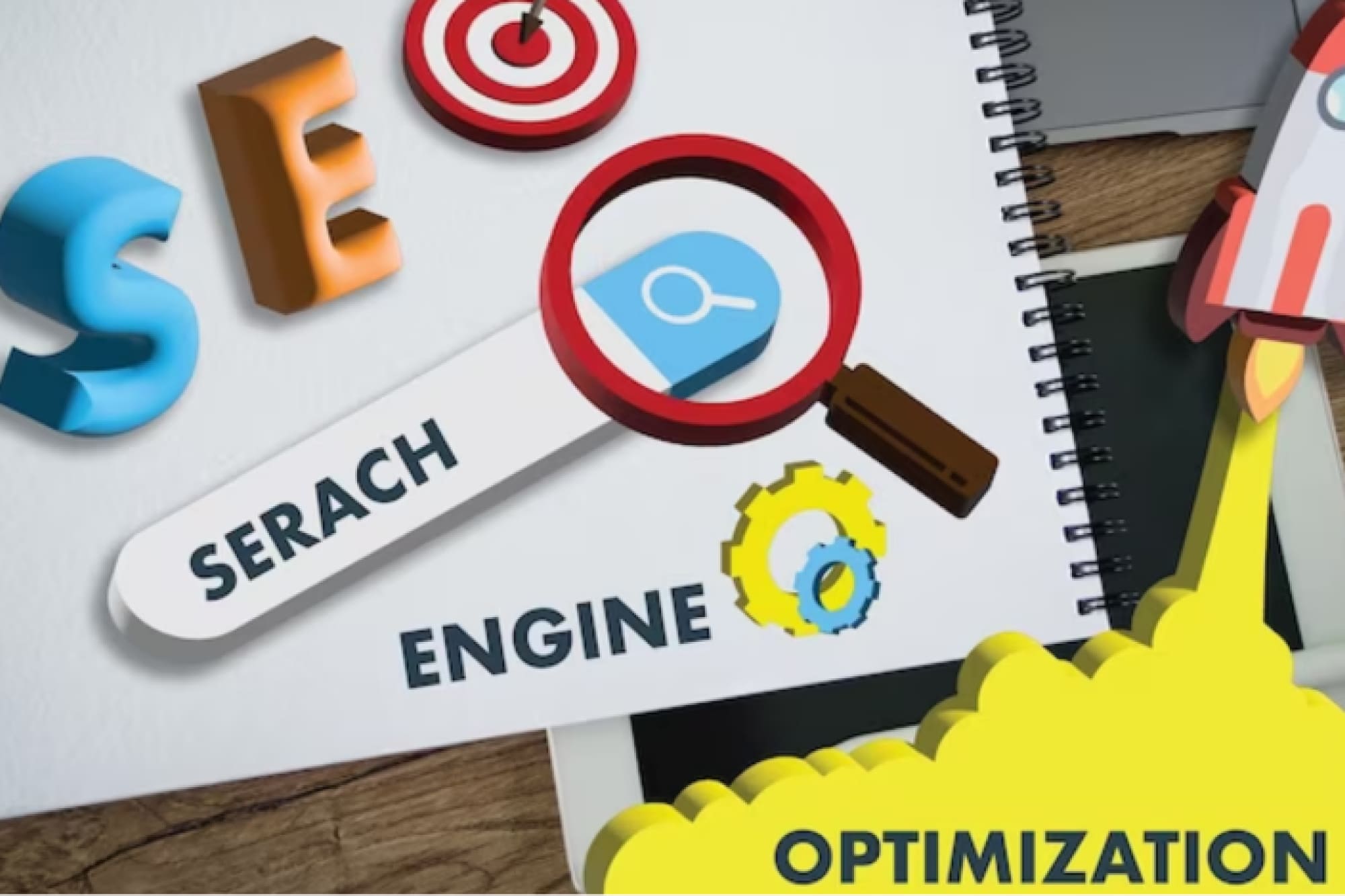In today’s digital world, setting up shop online is a must for any business. But with so many options out there, how do you choose the right e-commerce solution? Don’t worry, we’ve got you covered. Let’s break it down into simple steps:
- Picking the Perfect Platform: First things first, you need a platform to host your online store. There are lots to choose from, like Shopify, WooCommerce, and BigCommerce. Think about your budget, how tech-savvy you are, and what you want your store to do.
- Designing Your Storefront: Once you’ve picked a platform, it’s time to make your store look good. Choose a theme that fits your brand and makes it easy for customers to find what they need. Make sure your site works well on phones and tablets too.
- Managing Your Stuff: Keeping track of what you’re selling is super important. Use tools to see what’s selling and when you need to reorder. You can also look into different ways to get your stuff to customers, like shipping it yourself or using a company to help.
- Taking Payments Safely: People won’t buy from you if they don’t trust you. Make sure your payment system is secure and easy to use. That means picking a payment gateway that’s safe and lets customers pay how they want.
- Getting People to Your Store: Once your store is set up, you need to get people to visit. Try things like showing up in search engines, using social media, and sending emails to let people know you’re open for business.
In short, finding the right e-commerce solution is all about picking the platform that works for you, making your store look good, keeping track of what you’re selling, making sure people can pay you safely, and getting the word out about your store. With these basics covered, you’ll be well on your way to e-commerce success!
Your Comprehensive Guide to Building an Online Store
In today’s digital age, setting up shop online has become an essential part of running a successful business. With the vast array of e-commerce solutions available, it can be overwhelming to determine which one is right for you. However, fear not! In this guide, we’ll walk you through everything you need to know to get started with e-commerce, step by step.
- Choosing the Right Platform: The first step in launching your online store is selecting the right e-commerce platform. There are many options out there, each with its own set of features and pricing plans. Some popular choices include Shopify, WooCommerce, BigCommerce, and Magento. Consider factors such as ease of use, scalability, customization options, and pricing to find the platform that best suits your needs and budget.
- Designing Your Storefront: Once you’ve chosen a platform, it’s time to design your online storefront. Your website’s design plays a crucial role in attracting and retaining customers, so it’s essential to create a visually appealing and user-friendly interface. Many e-commerce platforms offer pre-designed templates that you can customize to match your brand identity. Pay attention to factors such as navigation, product layout, and mobile responsiveness to ensure a seamless shopping experience for your customers.
- Managing Inventory and Fulfillment: Efficient inventory management is key to running a successful e-commerce business. Keep track of your stock levels, monitor sales trends, and forecast demand to avoid stockouts or overstocking. Consider investing in inventory management software to streamline processes and automate tasks such as order processing and reordering. Additionally, explore different fulfillment options, such as in-house fulfillment or partnering with third-party logistics providers, to find the best solution for your business.
- Processing Payments Securely: Ensuring secure payment processing is essential for building trust with your customers and protecting sensitive information. Choose a payment gateway that offers robust security features, PCI compliance, and seamless integration with your e-commerce platform. Provide multiple payment options to accommodate different customer preferences, including credit/debit cards, digital wallets, and alternative payment methods like PayPal and Apple Pay. Displaying trust badges and SSL certificates can also help reassure customers that their data is safe and secure.
- Driving Traffic and Converting Sales: With your online store up and running, the next challenge is driving traffic and converting visitors into customers. Implement a comprehensive marketing strategy that includes a mix of organic and paid channels such as search engine optimization (SEO), social media marketing, email marketing, and pay-per-click advertising. Utilize analytics tools to track key metrics such as website traffic, conversion rates, and customer acquisition costs, and use this data to refine your strategy and optimize performance.
By following these steps and leveraging the right tools and strategies, you can build a successful e-commerce business that delights customers and drives revenue. Remember, success in e-commerce takes time and effort, but with perseverance and dedication, you can achieve your goals and thrive in the competitive online marketplace.




